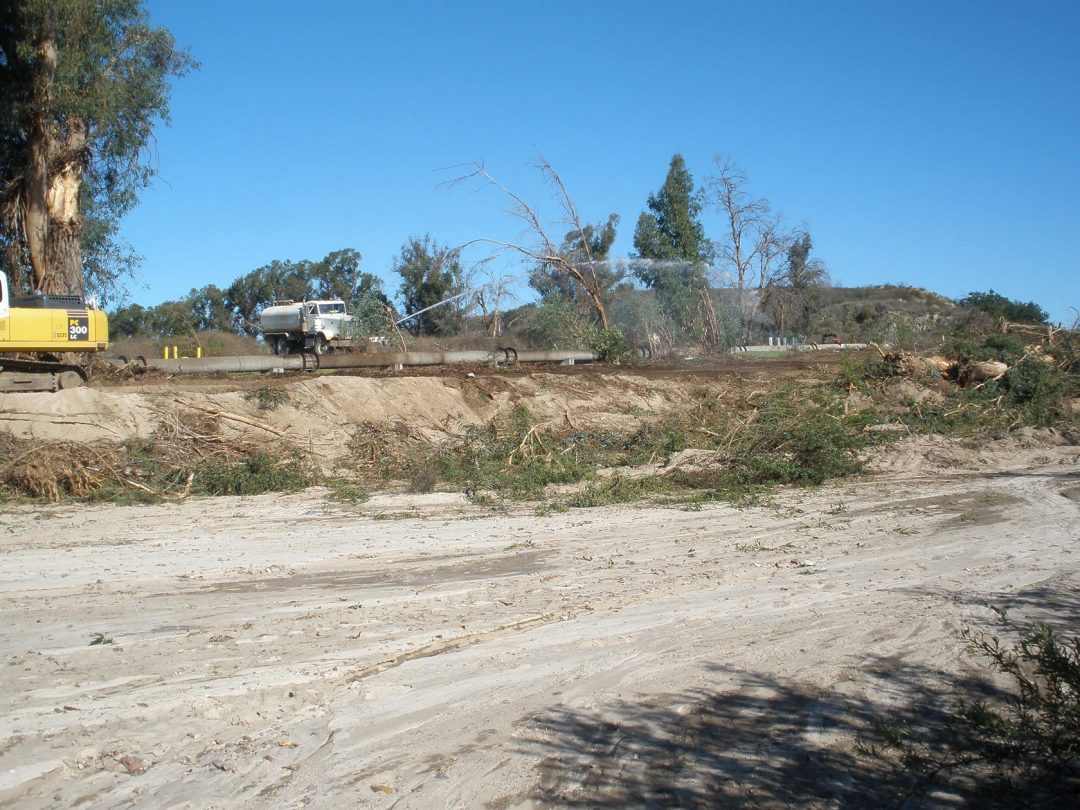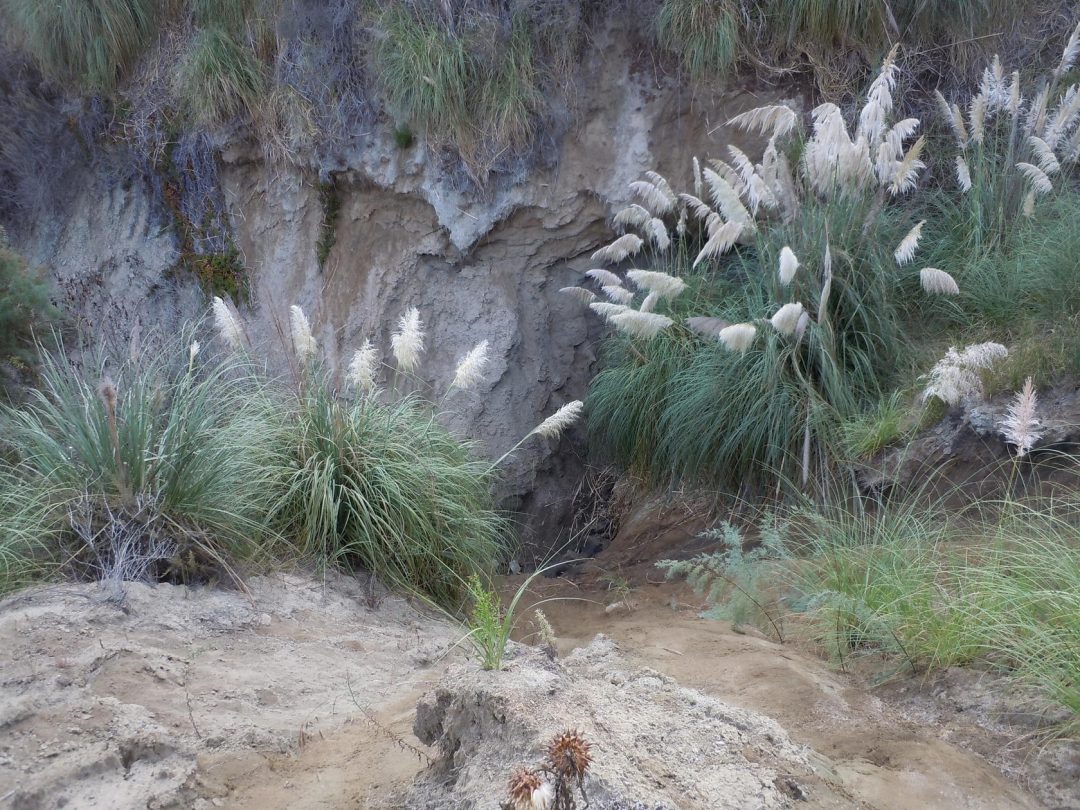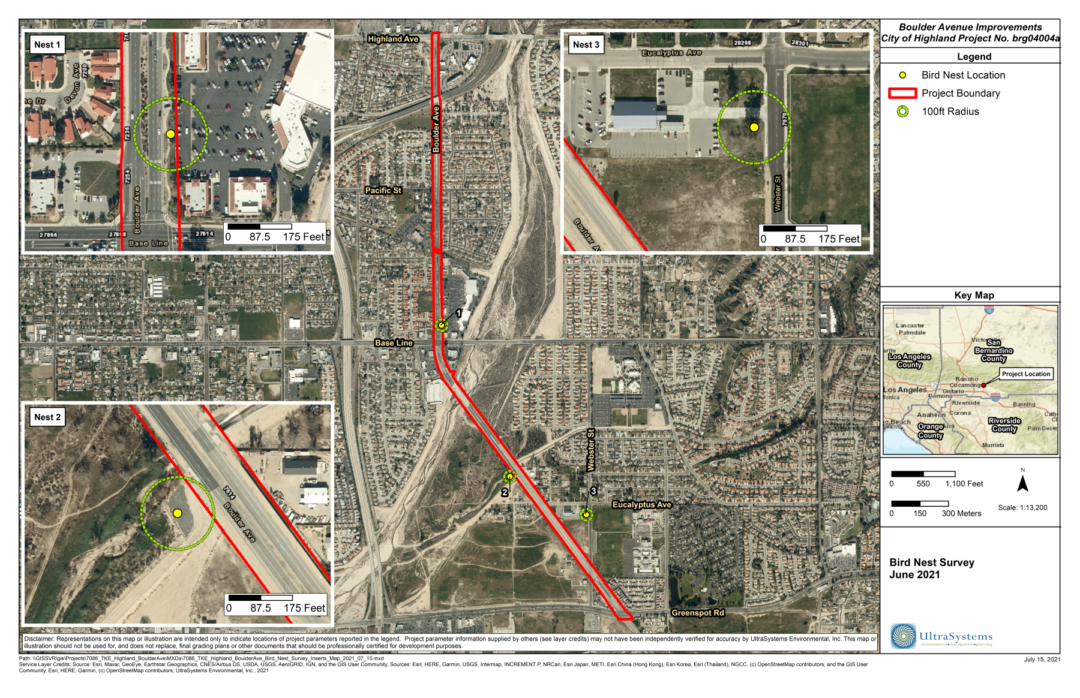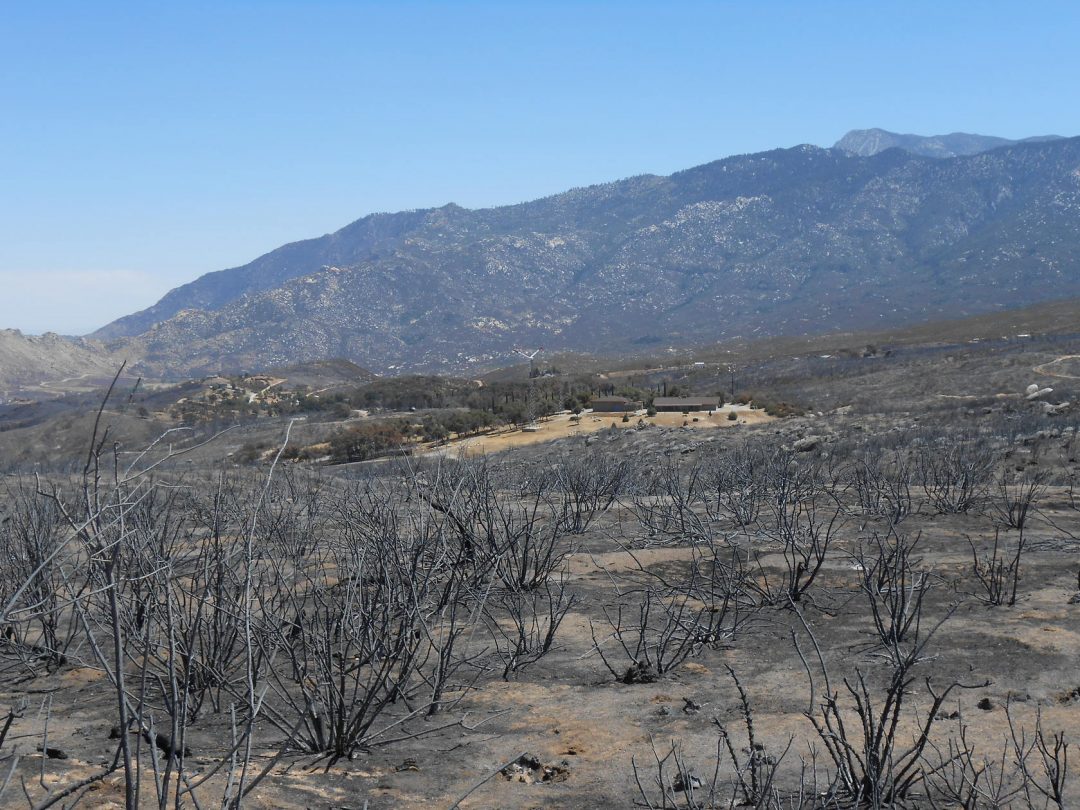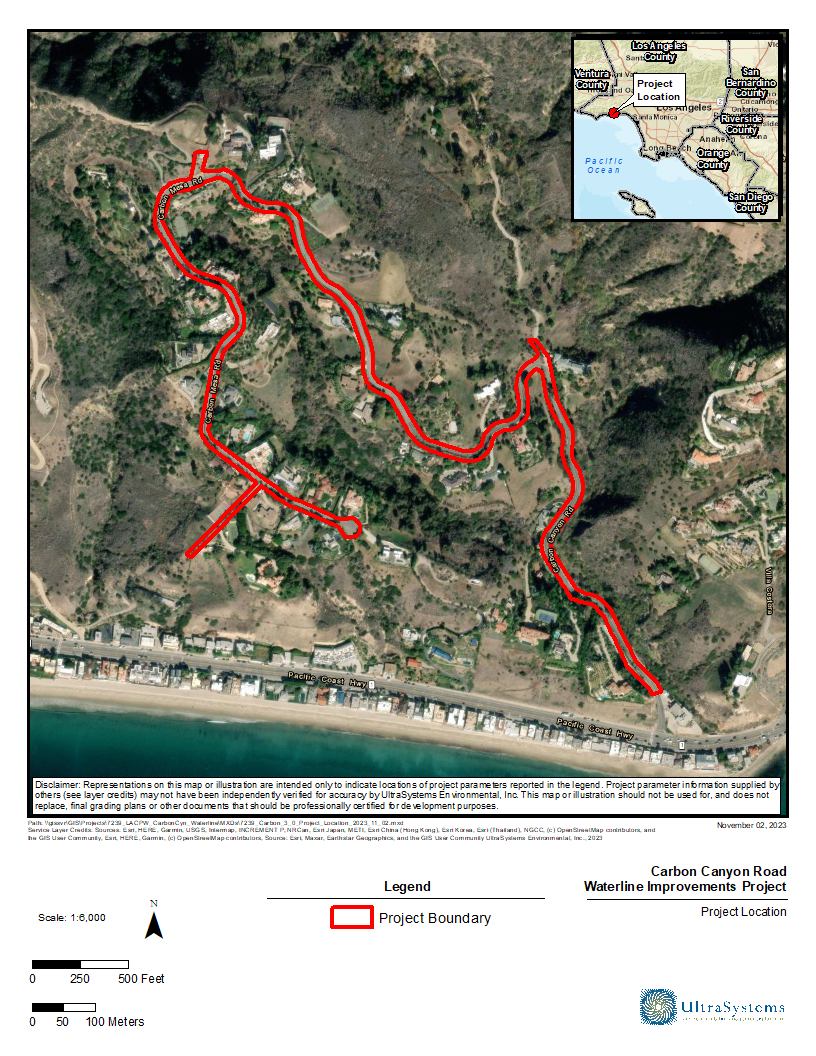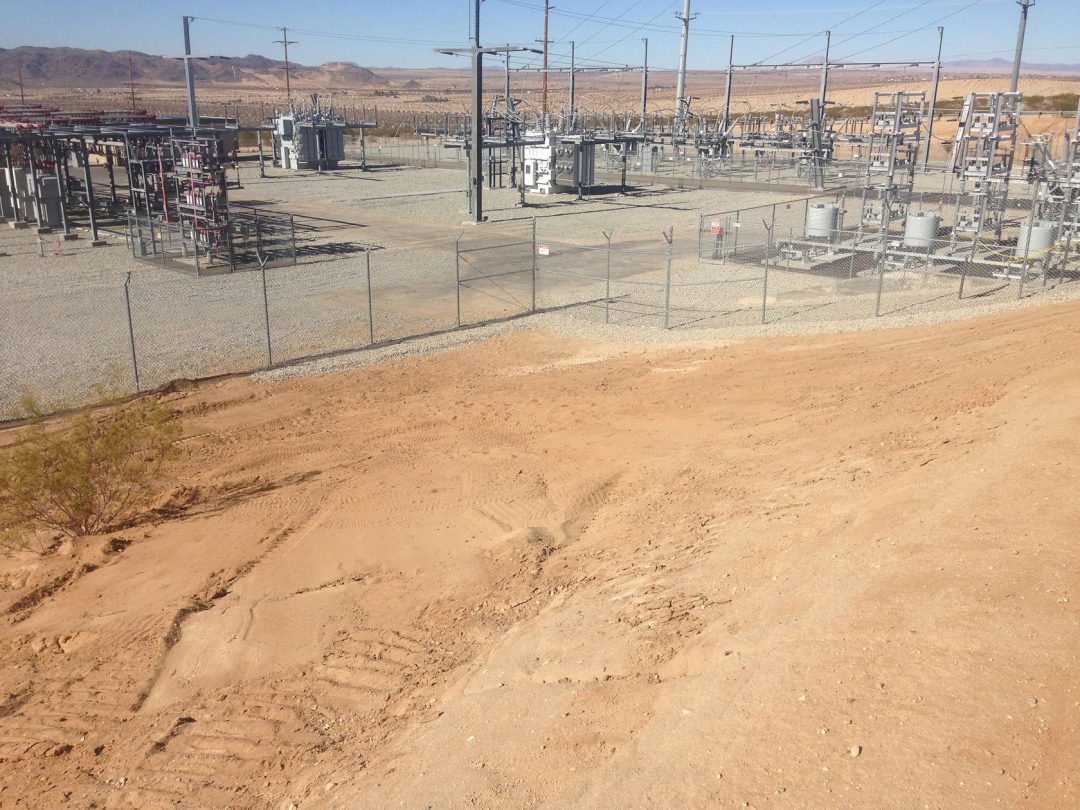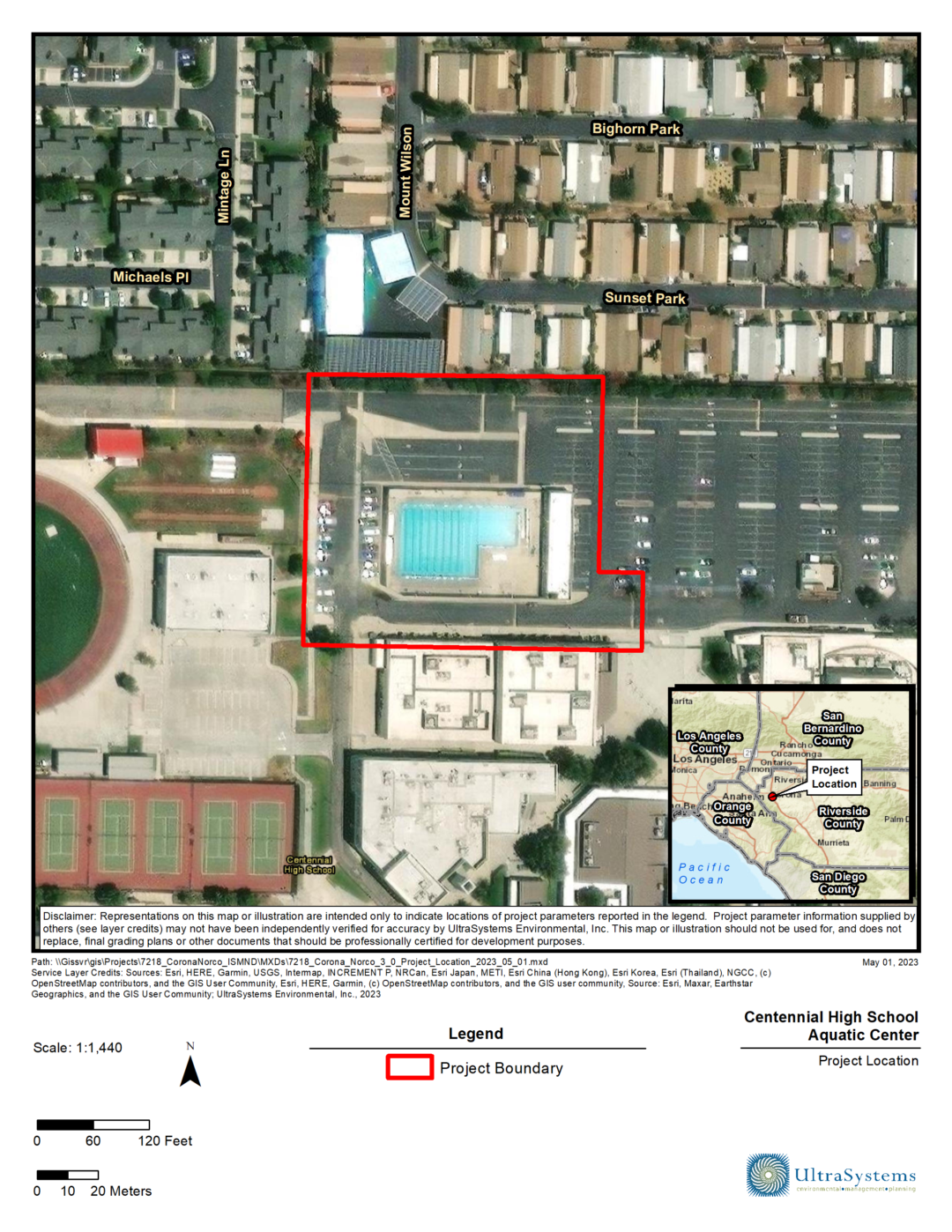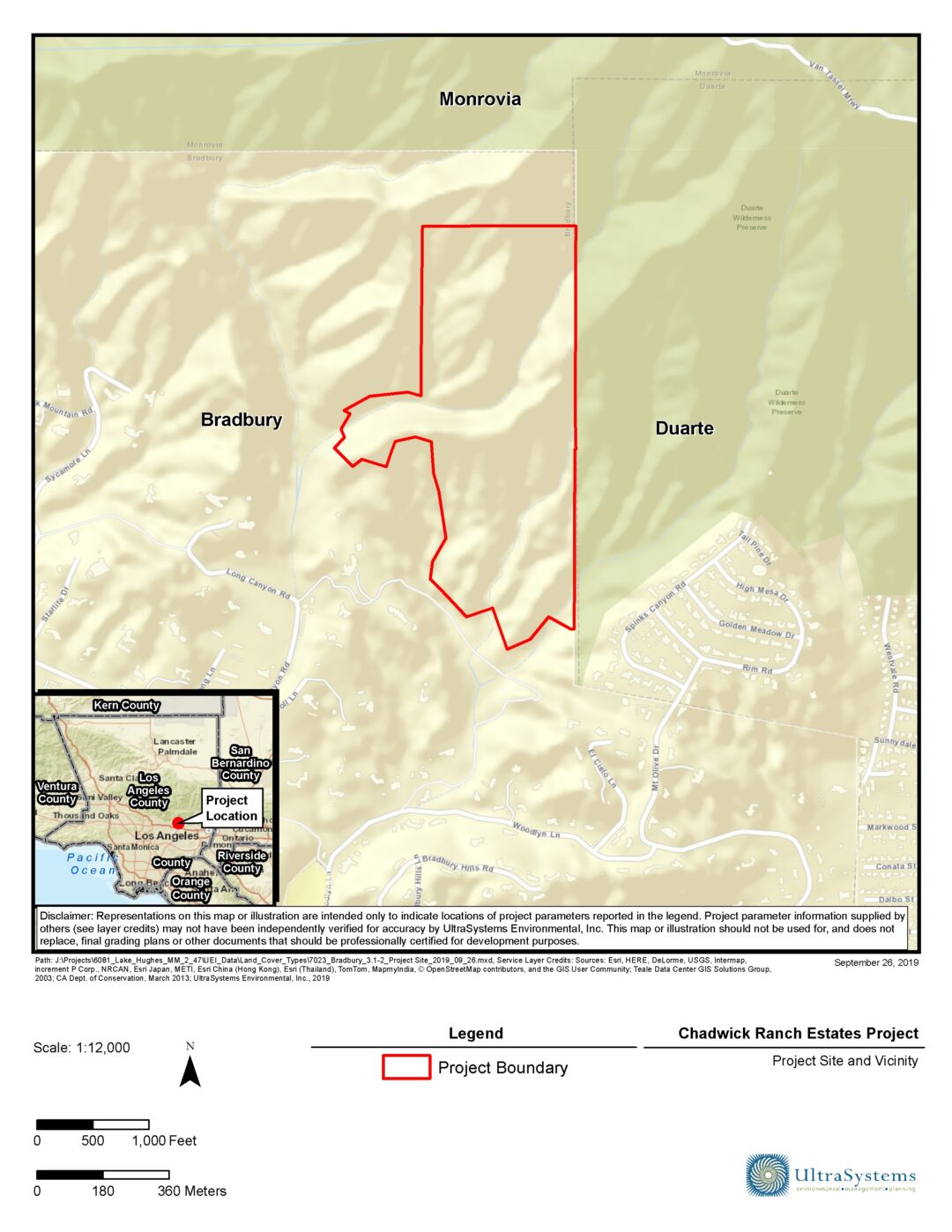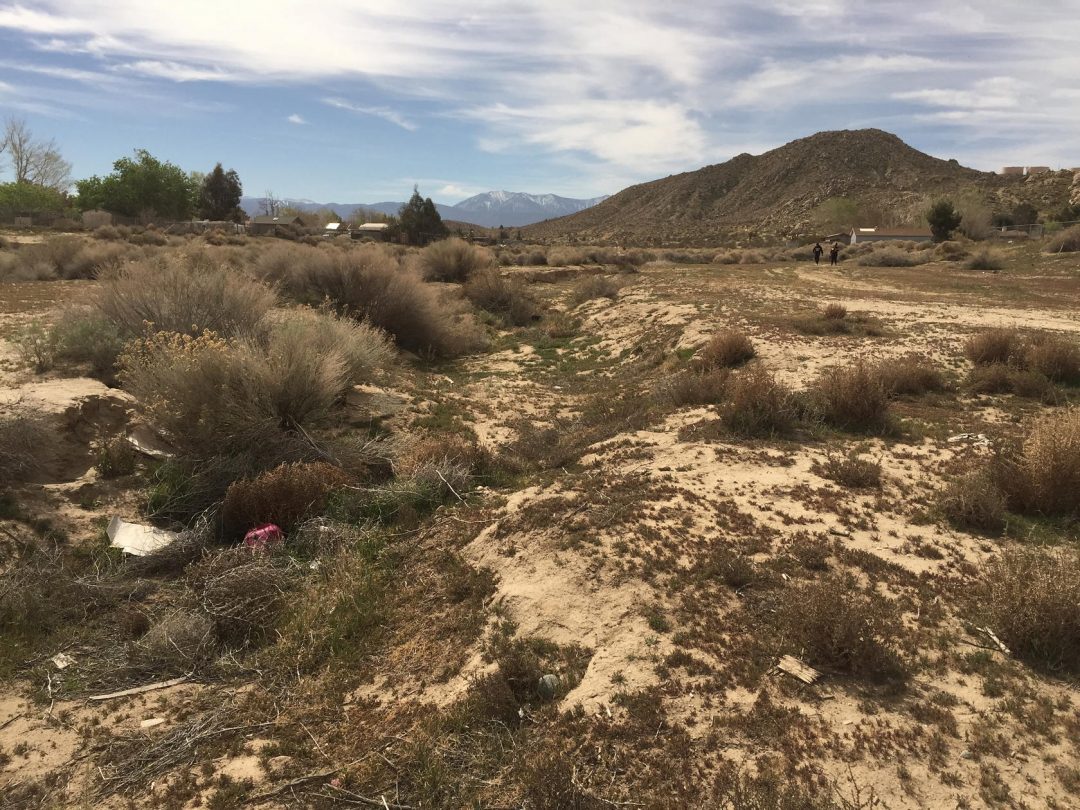Carbon Canyon Road Waterline Improvements Project
Contract Highlights: Biological resources survey, biological assessment report, tree inventory survey, regulatory coordination (ESHA, City of Malibu LCP, compliance with Coastal Development Permit), native tree protection plan (as needed).
Project description: The Carbon Canyon Road Waterline Improvements Project (project; Contract Number PW15689) for Los Angeles County Public Works (Public Works) is located within the City of Malibu along portions of Carbon Canyon Road and Carbon Mesa Road. The project involves replacement of approximately 6,900 feet of aging and undersized waterlines with larger steel pipes, and upgrades to an existing pump station. UltraSystems understands that all work will be within the existing road right of way, much of which is currently vegetated. The project is above and generally paralleled by Carbon Canyon and Carbon Canyon Creek, immediately east of the Carbon Canyon Road segment of the project. The project occurs within the City of Malibu and lies within the coastal zone. Finally, portions of the project may be within an Environmentally Sensitive Habitat Area (ESHA) designated by the City of Malibu Local Coastal Program (LCP).
UltraSystems role on the project: Public Works contracted UltraSystems to conduct a reconnaissance-level biological survey and a tree inventory survey, provide other biological consulting services, and, if necessary, create a native tree protection plan based on the tree survey findings. UltraSystems biologists completed the surveys in November 2023. They characterized the vegetation types within the project impact area, recorded plant and wildlife species observed, and inventoried over 60 native trees that occur within the project site. UltraSystems will produce a biological assessment report and coordinate with the City of Malibu and, if necessary, appropriate regulatory agencies (e.g., California Coastal Commission, United States Fish and Wildlife Agency, and California Department of Fish and Wildlife) to ensure that appropriate avoidance and minimization measures are implemented to reduce potential impacts to ESHA and other protected resources to a less than significant level.

